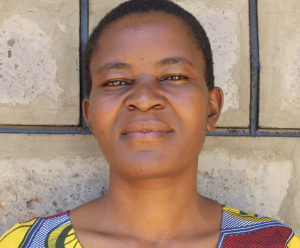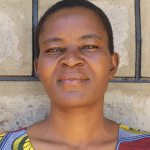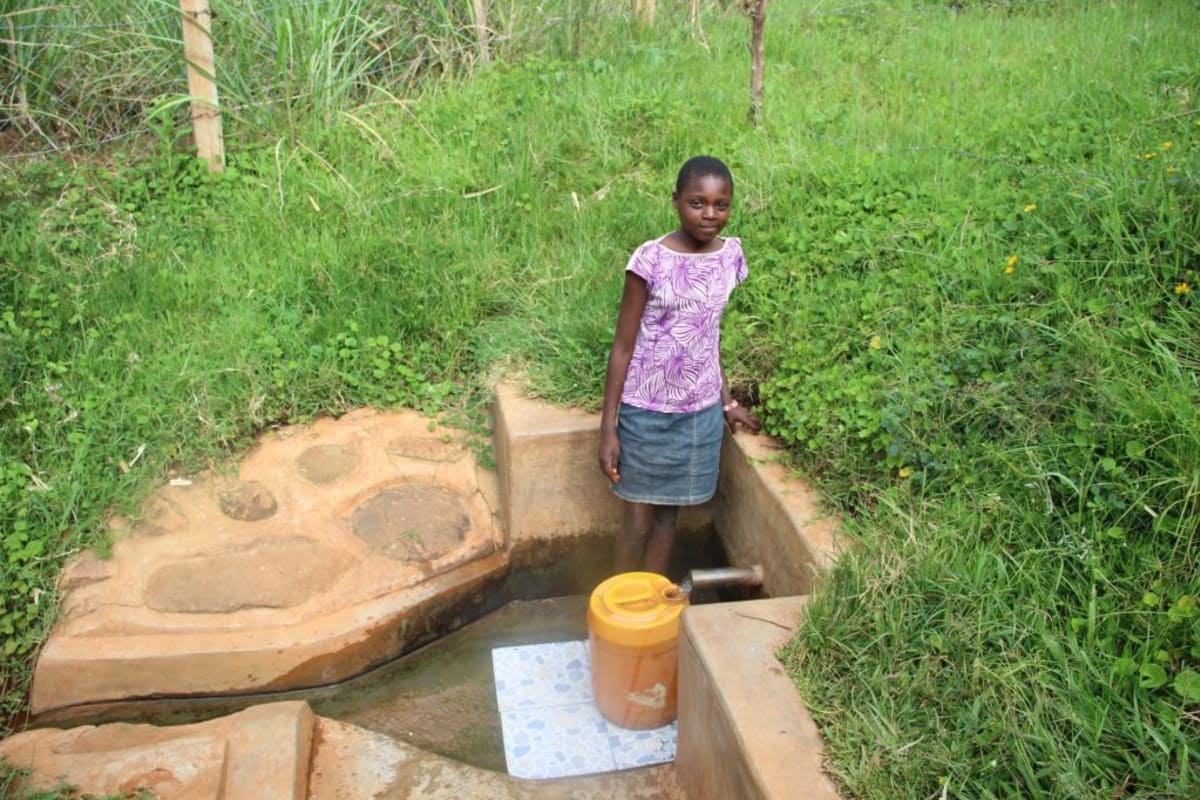"This community would have gone far, but because of water challenges we are struggling with life. We don't have clean water or money to spend on medication; thus, life is not easy in this community," said 40-year-old farmer and mother Roselyne Naliaka.
Unprotected Luka Spring is the main water source for 140 people in the Lukala West Community, but in its current state the spring makes it hard for most community members to get enough water for their daily needs. This is because there are always long queues at the spring which make it hard for people to make several trips there and back in one day.
At the same time, people cannot fetch too much water at once since many people are waiting for their turns and grow impatient. Women waste a lot of time at the spring, and conflicts often arise there. The crowds force most women to go to the spring before 5:00 am or around 6:30 pm, to try to avoid the lines. Some days the women find they spend more time at the spring than anywhere else, costing them in their other productive work.
Luka Spring is open to contamination ranging from animal waste to farm chemicals and soil. Animals like dogs and cattle drink directly at this water point. According to community members, the health consequences of drinking this spring include waterborne diseases like typhoid and amoeba, costing them a lot of money for medication. Time spend at home or in the hospital sick also means time lost at work or at school.
Access is another major challenge at Luka Spring. The waterpoint is located on a steep slope, which makes it hard for community members to access, especially during the rainy season when the path becomes slick with mud. Falls and their related injuries are not unheard of from trying to leave the spring when the ground is wet.
"I am scared of going to the spring alone because the spring is surrounded by bushes and no houses are found around this water point where, in case of any attack, nobody will be there to assist," said young primary school student Joshua.
To aid in fetching water, community members created a makeshift discharge pipe using a plastic bottle with an open top lodged into a wall of mud they built. The water is then forced to flow through the bottle. But a lot of water seeps up through the ground around the bottle, reducing the current output. And to reach the pipe, people must balance among rocks and the pool of water always below the mud wall, risking slipping off the rocks if they use them or tripping in the mud if they don't.
With the limitation in daily water supply, hygiene standards at homesteads - including the daily cleaning of homes - are not good.
What We Can Do:
Spring Protection
Protecting the spring will help provide access to cleaner and safer water and reduce the time people have to spend to fetch it. Construction will keep surface runoff and other contaminants out of the water. With the community’s high involvement in the process, there should be a good sense of responsibility and ownership for the new clean water source.
Fetching water is a task predominantly carried out by women and young girls. Protecting the spring and offering training and support will, therefore, help empower the female members of the community by freeing up more of their time and energy to engage and invest in income-generating activities and their education.
Training on Health, Hygiene, COVID-19, and More
To hold trainings during the pandemic, we work closely with both community leaders and the local government to approve small groups to attend training. We ask community leaders to invite a select yet representative group of people to attend training who will then act as ambassadors to the rest of the community to share what they learn. We also communicate our expectations of physical distancing and wearing masks for all who choose to attend.
The training will focus on improved hygiene, health, and sanitation habits in this community. We will also have a dedicated session on COVID-19 symptoms, transmission routes, and prevention best practices.
With the community’s input, we will identify key leverage points where they can alter their practices at the personal, household, and community levels to affect change. This training will help to ensure participants have the knowledge they need about healthy practices and their importance to make the most of their water point as soon as water is flowing.
Our team of facilitators will use a variety of methods to train community members. Some of these methods include participatory hygiene and sanitation transformation, asset-based community development, group discussions, handouts, and demonstrations at the spring.
One of the most important issues we plan to cover is the handling, storage, and treatment of water. Having a clean water source will be extremely helpful, but it is useless if water gets contaminated by the time it is consumed. We and the community strongly believe that all of these components will work together to improve living standards here, which will help to unlock the potential for these community members to live better, healthier lives.
We will then conduct a small series of follow-up trainings before transitioning to our regularly scheduled support visits throughout the year.
Training will result in the formation of a water user committee, elected by their peers, that will oversee the operations and maintenance of the spring. The committee will enforce proper behavior around the spring and delegate tasks that will help preserve the site, such as building a fence and digging proper drainage channels. The fence will keep out destructive animals and unwanted waste, and the drainage will keep the area’s mosquito population at a minimum.

 Protected Spring
Protected Spring
 Rehabilitation Project
Rehabilitation Project



































